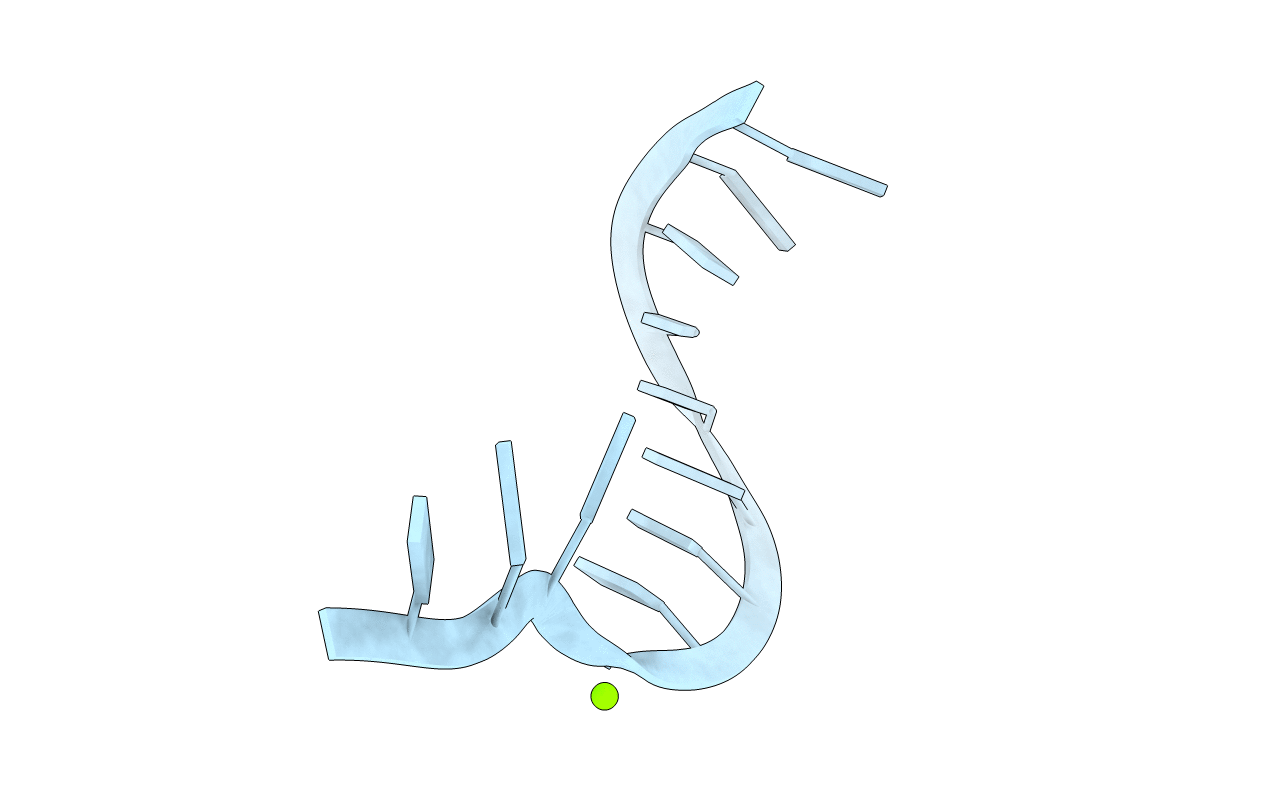
Deposition Date
2014-10-27
Release Date
2015-06-17
Last Version Date
2023-09-20
Entry Detail
PDB ID:
4RO4
Keywords:
Title:
Sequence and structure of a self-assembled 3-D DNA crystal: D(GGAAACGTTGGAG)
Biological Source:
Source Organism:
Method Details:
Experimental Method:
Resolution:
2.04 Å
R-Value Free:
0.25
R-Value Work:
0.22
R-Value Observed:
0.22
Space Group:
P 64


